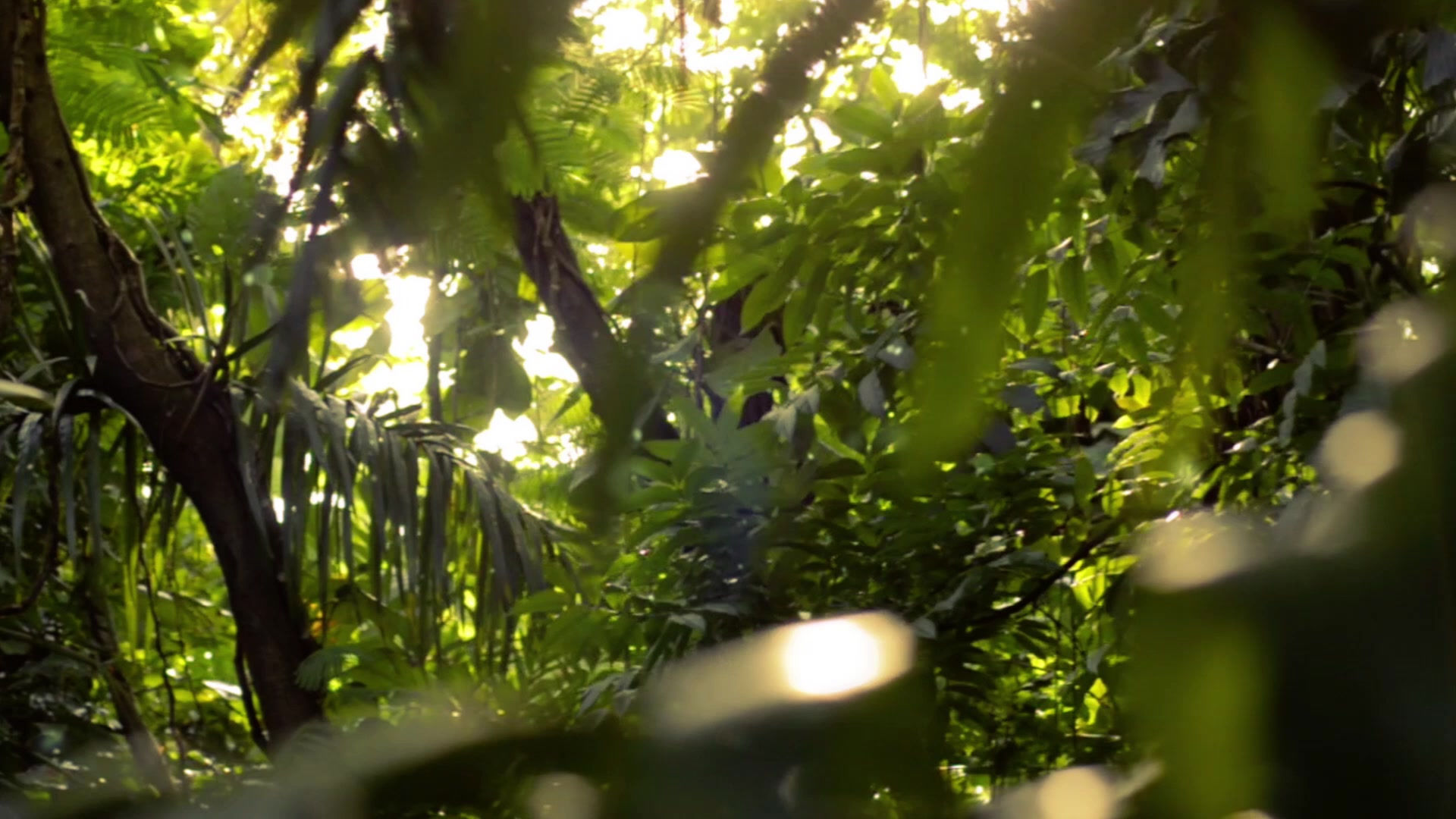
Ecological Benefits
South Western Willow Fly Catcher
South Western Willow Fly Catcher
Why should any one of us, save a species. It’s because that animal, every animal, helps keep our ecosystems and environment together. Any and every species on the planet deserves to be saved, even if you may dislike a species but love another, every species makes the planet a healthier and more beautiful place. Species help keep the earth together, the food webs to continue to work and the ecosystems to the habitats to work all in harmony. The Southwestern Willow Flycatcher helps keep the ecosystem of the riparian corridor healthy and always fresh and sustainable (Finch, 1999). To come up with a total cost for protecting the Southwestern Willow Flycatcher, you would have to take in consideration everything. That would include; sustainable habitat, increase in habitat stability, improving the demographic borders, threats to the species, food, research, educating the public (people) about the Southwestern Willow Flycatcher and what it does for the environment, to the laws that could be set in place and putting more in act of the recovery plan and getting more people to help the Southwestern Willow Flycatcher. The amount of ecological value an ecosystem has will help the species within that ecosystem. The amount of resources that are available (food and water), predators, exposure to wilderness, diseases and prevention to the amount of space that is available.
We Need The Help Of The Southwestern Willow Flycatcher
Loss Of Species Leads To Foodweb Collaps
The food webs play a key role in how stable and resourceful an ecosystem is. Food webs help regulate diseases, extinctions and how each species will survive. When the food webs get taken away they expose their ecosystems to natural and human disasters, natural disruptions and extinction. Altering it not only because of one species that either became endangered or extinct but everything that used that organism to survive.